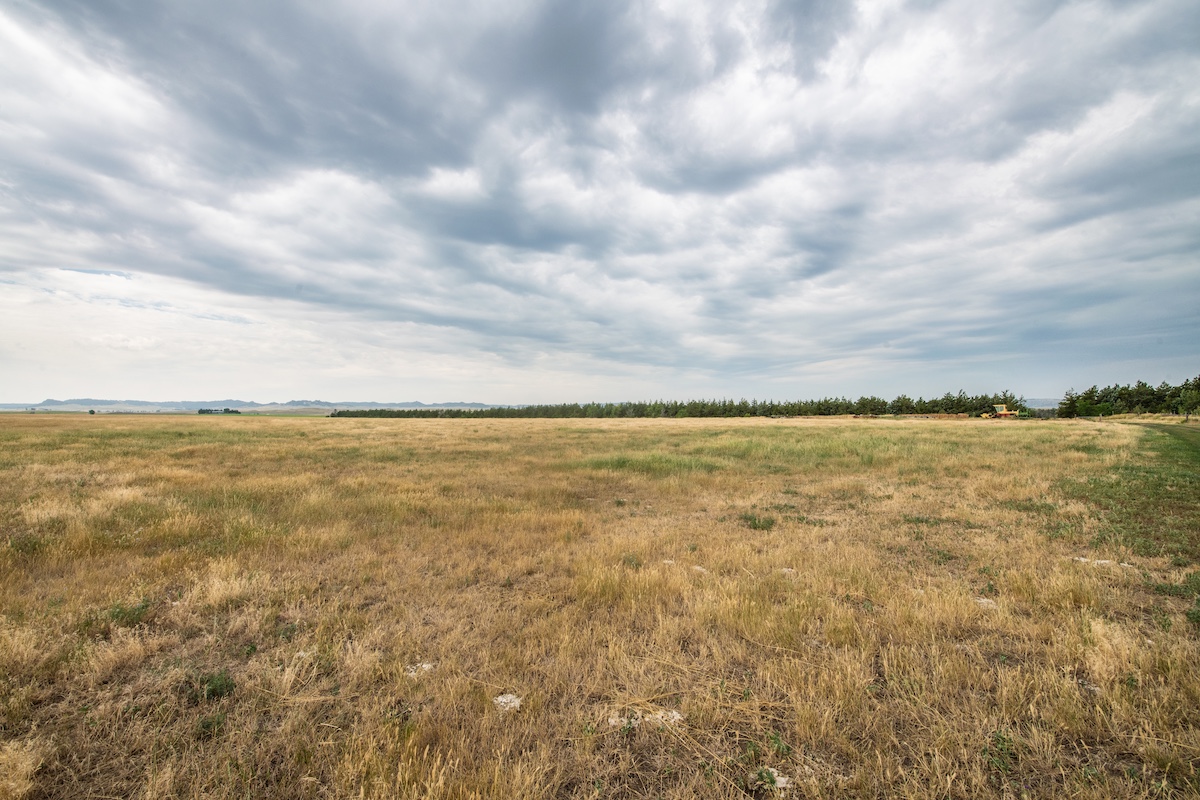(Photo by: Lance Cheung/Flickr)
Between the Rocky Mountains and under the Great Plains, an invisible crisis has been developing. Since the start of the 20th century, farmers in Kansas, Colorado, Texas, Oklahoma, New Mexico, Wyoming, South Dakota, and Nebraska have relied on the Ogallala Aquifer for irrigation. But from the onset, overuse and mismanagement has set the stage for a disaster that would not only upend the livelihoods of farmers in these states, but the entire United States agricultural sector.
The Ogallala Aquifer, the largest source of groundwater in the United States, was first discovered in 1898. The aquifer covers 174,000 miles in eight states and has a total capacity of three trillion gallons of water. The aquifer serves as a vital resource for thousands of farmers, with a total of 2.3 million people supported by the groundwater. The aquifer was first tapped for high-intensity irrigation in 1909, spurring a long history of an abuse of this natural resource.
From 1909 to 2008, the aquifer has supplied over 89 trillion gallons of water to farmers and the general public. The University of Chicago reports that “Much of this water used for farming is actually wasted… According to the USGS, 23,000 acres of cropland were irrigated… in 2015, using about 43.3 billion gallons of water per day — and wasting half of that [9].” Farmers drive a good amount of this decline, with a total of 98% of water from the aquifer being used for agricultural purposes.
Although farmers are largely responsible for the depletion of the groundwater, this is an unintentional impact of federal policy that actively encourages them too. Federal subsidies for agriculture encourage greater crop production, which results in a strain on the groundwater supply. This creates a cycle encouraging overproduction that causes substantial damage to the ecosystem that provides farmers with their livelihood. Farmers are also faced with low market prices for their crops, encouraging the leasing of land and further usage of groundwater. Government policies have directly caused this looming crisis, with a potentially disastrous impact for Kansas should the wells run dry.
For Kansas, 30% of wells have been completely depleted, with that number expected to reach 70% by 2070. This places substantial strain on communities in Western Kansas in particular, with many of them already suffering from water shortages and farm closures. A large-scale drought in the region would only exacerbate the current issues facing these communities.
Should the aquifer fully deplete, the United States would be facing one of the most disastrous agricultural disasters since the Dust Bowl. The Ogallala Aquifer provides vital irrigation that, if halted, would wipe out 30% of U.S. food production alongside $35 billion dollars in the agricultural sector. K-State’s Seek Research Magazine interviews Garden City farmer Tom Willis, who provides a personal angle on this issue saying that “people conceptually get it that the aquifer is declining, but I don’t think they understand that when the aquifer is gone, the feed yards are gone, the farms are gone, the implement dealers are gone, the stores are gone.” Willis perfectly sums up the issue; if the aquifer disappears, so do the livelihoods of millions of people.
The rapid depletion of the aquifer is only made worse due to the nature of how they refill. The Ogallala relies on rain and snow to replenish itself which is an incredibly lengthy process given the aquifer’s size. The United States Department of Agriculture reports that for the Ogallala to fill completely, it would take roughly 6,000 years.
With disaster looming on the horizon and the potential for nature to resolve this issue a non-factor, what can federal actors do to resolve this crisis? Although many call for the cutting of subsidies, this would only further damage the farming community and not address the usage of water that underpins this issue. Instead, the expansion of programs like the USDA’s Conservation Reserve Program would help replenish groundwater without much disruption of agricultural production. The program pays farmers to let water-scarce lands lie uncultivated for ten years, allowing for water to enter the aquifer without disrupting a farmer’s livelihood. Additionally, revamping federal farm credits would help resolve the issue. The Conversation writes that “Generous terms promote borrowing for irrigation equipment; to pay that debt, borrowers farm more land. Offering lower rates for equipment that reduces water use… could nudge farmers toward conservation.” Finally, changing tax codes to provide credits and incentives to save groundwater could prove vital in encouraging conservation practices among farmers.
Depletion of the Ogallala Aquifer threatens thousands of farmers, access to water for 2.3 million people in the Great Plains, and a disaster that would upend the entire U.S. agricultural sector. Federal revaluation of current policies, alongside the implementation of conservation programs that account for both the land and those living off of it, are vital to resolve this impending crisis. Although none of us will live to see the replenishment of the Ogallala Aquifer, it’s necessary to resolve this disaster now so that generations to come will have access to this vital natural resource.












Leave a Reply